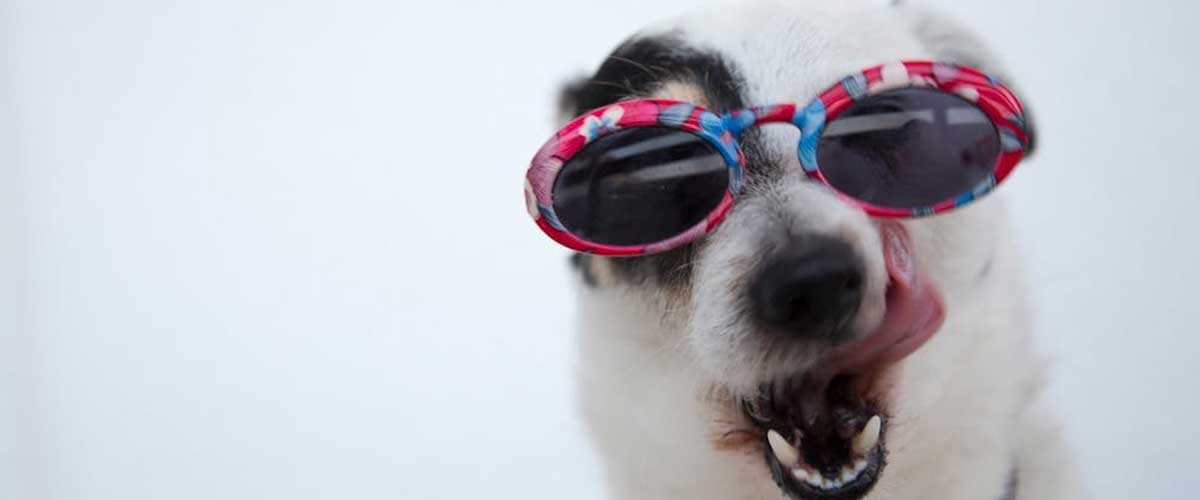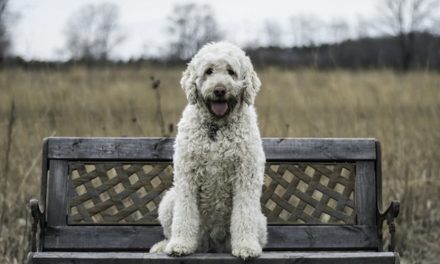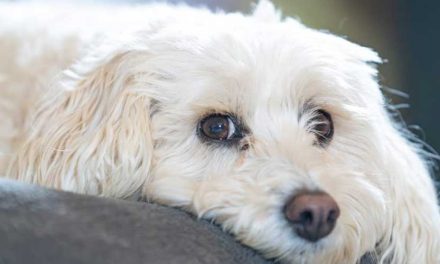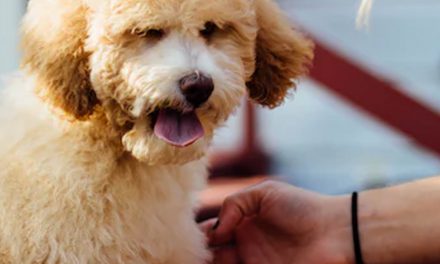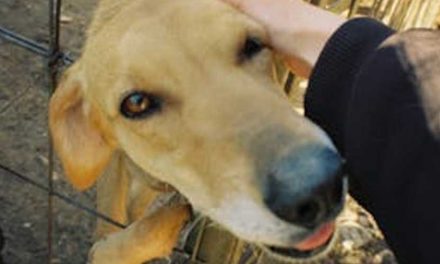When it comes to our furry companions, there are many questions that arise about their anatomy and physiology.
One such question that piques curiosity is whether dogs have belly buttons.
While it may seem like an odd inquiry, the answer is not only fascinating but also reveals some interesting aspects of canine development.
Understanding Belly Buttons
To comprehend whether dogs have belly buttons, it’s essential to first understand what a belly button actually is.
In humans and many other mammals, the belly button (or navel) is the scar that remains after the umbilical cord is cut post-birth.
This cord connects the mother to her developing offspring, supplying them with nutrients and oxygen during
gestation.
Do Dogs Have Belly Buttons?
Yes, dogs do have belly buttons! Just like humans, dogs are born with an umbilical cord that attaches them to their mother’s placenta.
After birth, this cord is usually severed, and the resulting scar heals, leaving behind what we recognize as a belly button.
However, unlike human belly buttons, which are often quite prominent, a dog’s belly button is less noticeable.
Appearance of a Dog’s Belly Button
In dogs, the belly button is often a small, flat scar located on the underside of their abdomen, usually just beneath the ribcage.
It may be covered by fur, making it challenging to spot unless you know where to look.
The appearance can vary from one dog to another based on the breed, size, and amount of fur covering the area.
Why We Might Forget About It
One reason many pet owners might overlook their dog’s belly button is that it doesn’t serve a functional purpose after birth.
Unlike in humans, who often have a variety of cultural and personal connections to their belly buttons, dogs do not.
The belly button doesn’t play a role in their health or day-to-day functioning.
Conclusion
In summary, dogs do possess belly buttons as a remnant of their early development.
While they may not be as prominent or celebrated as in humans, the existence of a belly button in dogs is a reminder of the shared biological processes that connect all mammals.
Next time you have your furry friend in your lap, take a moment to appreciate this small but intriguing aspect of their anatomy!

